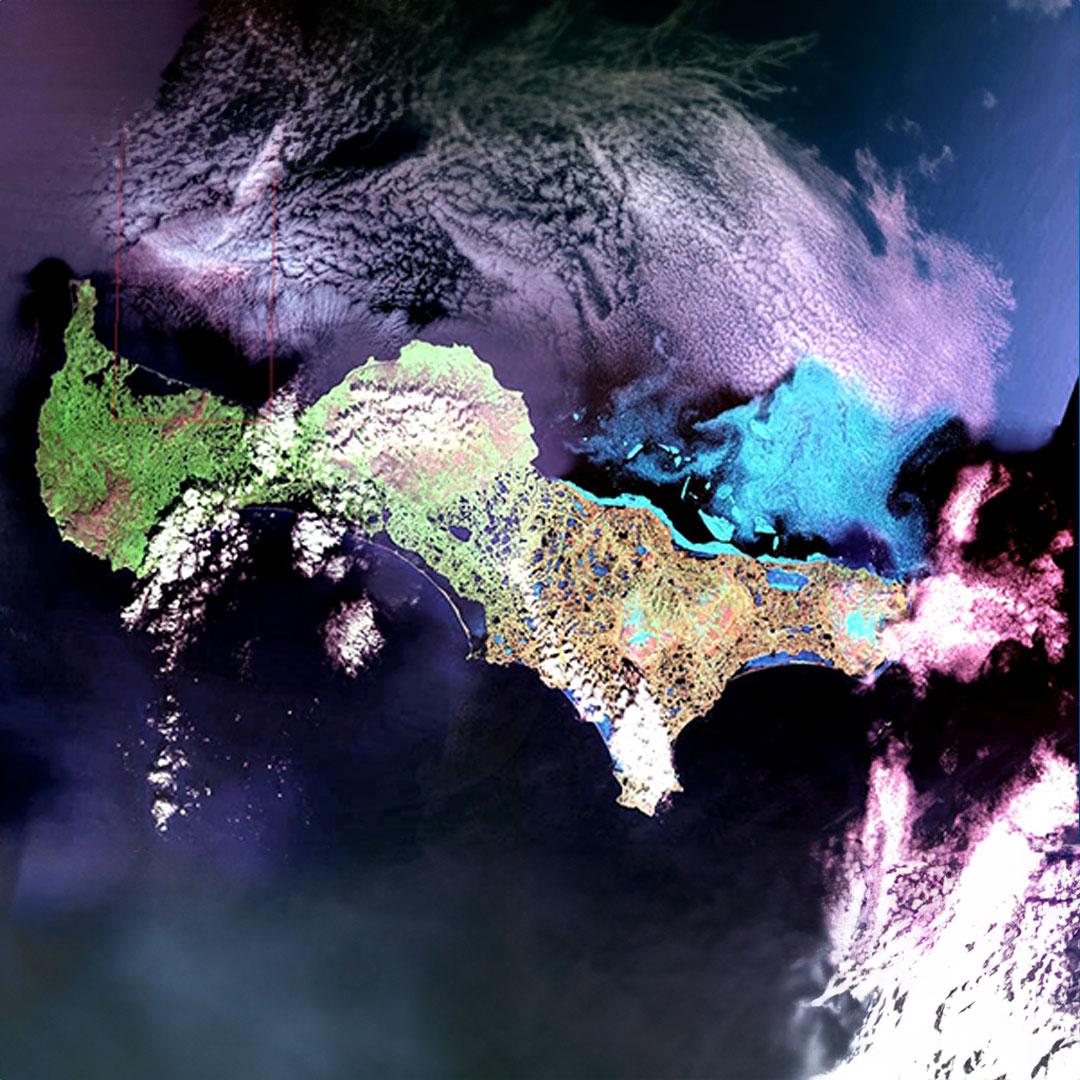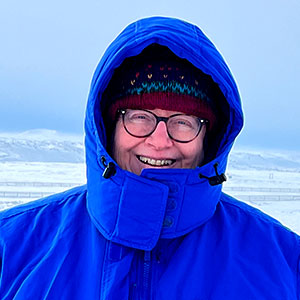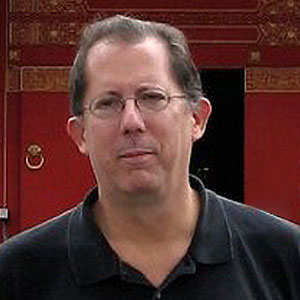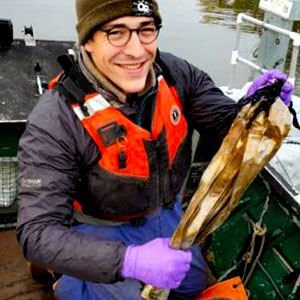
Event Details
When:
-
Location:
Online: Zoom
Price:
Free
Brought to you by:
Institute of Environmental Toxicology and Chemistry, The Foundation for WWU & Alumni
Description
Check out this video to watch the Protecting the Health of Future Generations in the Arctic.
This talk will summarize community-based research focused on assessing contaminants and health outcomes associated with formerly used defense sites, as well as persistent organic pollutants that accumulate in this region of the Arctic through long-range transport. Contamination of the Arctic exacerbated by the rapid pace and magnitude of climate change in the Arctic which is now known to be warming at a much faster rate than earlier studies predicted—nearly four times faster than the planet as a whole. Our research team has been conducting community-based participatory environmental health research with the tribes on Sivuqaq (traditional name for St Lawrence Island) for 24 years. Sivuqaq is located in the northern Bering Sea region of Alaska approximately 61 km from the Chukotka Peninsula of Russia and 322 km from the Alaskan mainland.
Much of our community-based research has focused on documenting the nature and extent of contamination at the formerly used defense site at Northeast Cape, including extensive sampling of sediments, plants, and fish. In partnership with the tribes, we have measured elevated contaminant levels correlated with endocrine disruption in people of the Island. We also investigate the levels and effects of persistent chemicals derived through global distillation, including PCBs, flame retardant chemicals, and per- and polyfluoroalkyl substances (PFAS). Our research has shown that Sivuqaq residents have concentrations of PCBs in their blood serum that are six to nine times higher than found in people who live in the lower-48 states. The people of Savoonga who have traditional connections to Northeast Cape have even higher levels of PCBs in their blood serum than people of Sivuqaq who are not associated with Northeast Cape. Our findings suggest that global transport of PCBs into the Arctic coupled with elevated levels in traditional foods results in elevated PCBs in Sivuqaq residents, while some residents experience added exposure from the military contamination at Northeast Cape. The community-based research on Sivuqaq is guided by elders and other community leaders, and now includes eight universities working together with the tribes and Alaska Community Action on Toxics.
More information about the speaker series is available, as are all past Toxicology and Societies recordings.
Tile image photo credit: By NASA - Satellite imagery taken from NASA World Wind software, Public Domain.
Featuring:

Pamela Miller, Speaker
Pamela founded Alaska Community Action on Toxics (ACAT) in 1997 and serves as Executive Director. She brings more than 35 years of research, education, and advocacy experience to her present work. Pamela works passionately for environmental and reproductive justice, health, and human rights. In addition to serving as Executive Director for ACAT, Pamela was elected in 2016 as Co-Chair of the International Pollutants Elimination Network (IPEN), a network of over 600 environmental health and justice organizations working in more than 124 countries. She serves as a Principal Investigator for community-based participatory research projects funded by the National Institute of Environmental Health Sciences. Pamela received a Meritorious Service Award from the University of Alaska. Alaska Conservation Foundation’s awarded her a Lifetime Achievement Award and the Olaus Murie Award in recognition of her “long-term outstanding professional contributions to the conservation movement in Alaska.” She holds a bachelor’s degree in biology from Wittenberg University and a master’s degree in environmental science from Miami University. Prior to her work in Alaska, she served as Ocean Issues Technical Coordinator for the Washington Department of Ecology and Director of a marine science education center at Nisqually Reach in southern Puget Sound. She received the Governor’s Award for Environmental Excellence in Washington State. She came to Alaska in 1989 following the Exxon Valdez oil spill to serve as a research biologist and campaigner with Greenpeace.

Ruth Sofield, Co-Host
Ruth Sofield is a Professor of environmental toxicology and chemistry in the College of the Environment. She received her PhD and MS in Environmental Science and Engineering at the Colorado School of Mines. Ruth's research group focuses on the effects of water and air pollution. Their current projects include the aquatic toxicity of microplastic and tire wear particles, and the use of moss as a biomonitoring tool for particulate matter. Ruth is a member of the Puget Sound Partnership Science Panel and the President of the Pacific Northwest Society of Environmental Toxicology and Chemistry.

Tracy Collier, Co-Host
Tracy Collier received his PhD in Fisheries Sciences from the University of Washington. He has worked for over 45 years as a toxicologist, with more than 35 of those years spent at NOAA's Northwest Fisheries Science Center, where he served as the director of a science division that employed up to 100 people, covering several disciplines, including environmental toxicology, analytical chemistry, harmful algal blooms, and watershed processes. He has over 175 scientific publications, and currently is an affiliate faculty at Western.

Ian Moran, Co-Host
Ian Moran is a newly appointed Visiting Assistant Professor in the Department of Environmental Sciences at Western Washington University. He conducted his PhD research at Oregon State University leveraging passive chemical samplers and embryonic zebrafish to investigate the occurrence, movement and toxicity of chemical mixtures at contaminated sites in Oregon and Alaska. As an alumnus of the College of the Environment Ian is excited to be back on campus to teach toxicology courses this year!
Accommodations and Other Details
Contact The Foundation for WWU & Alumni for this event by calling (360) 650-3353 or emailing Alumni@wwu.edu.
There will be auto-captions available for this event.